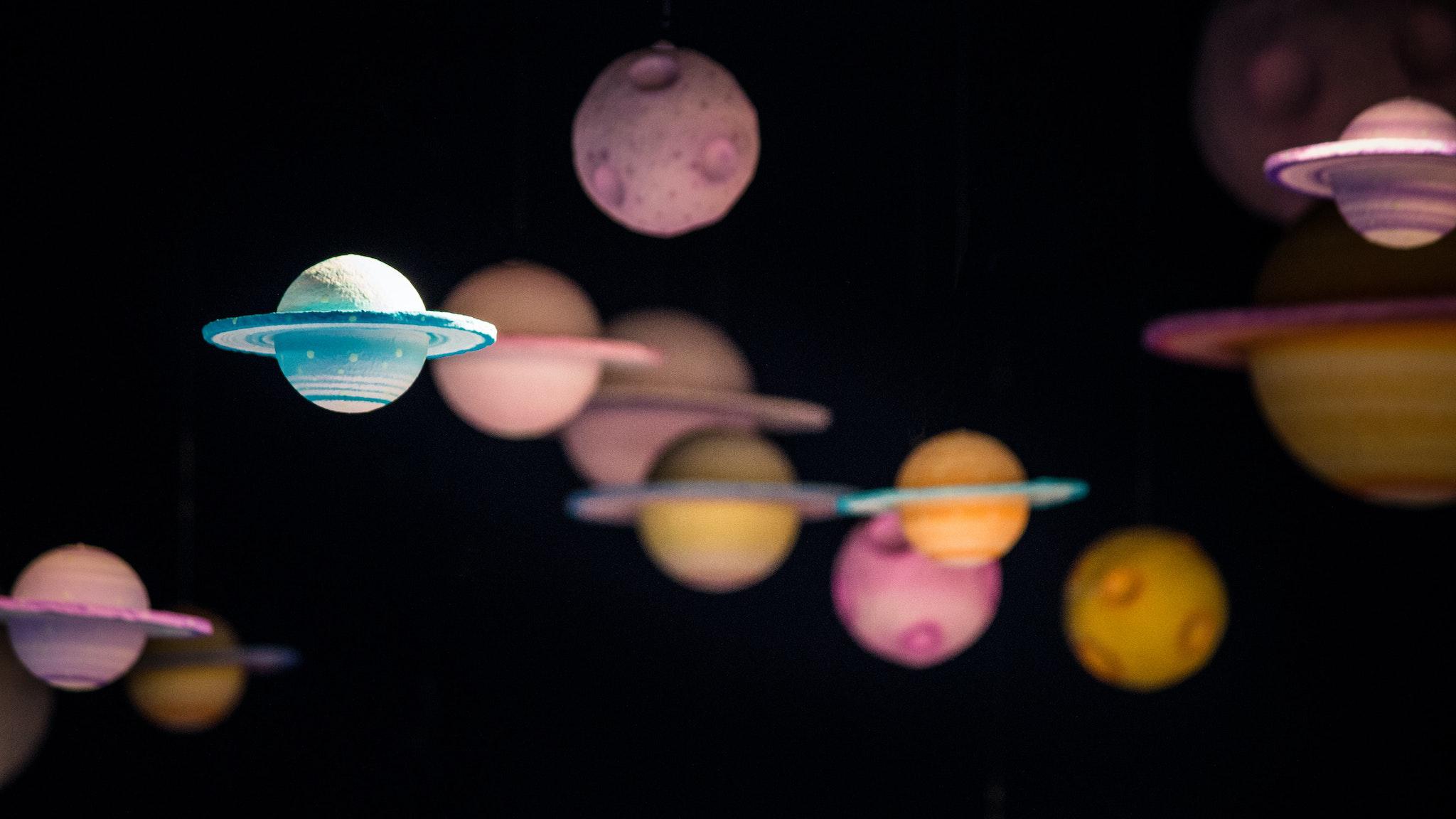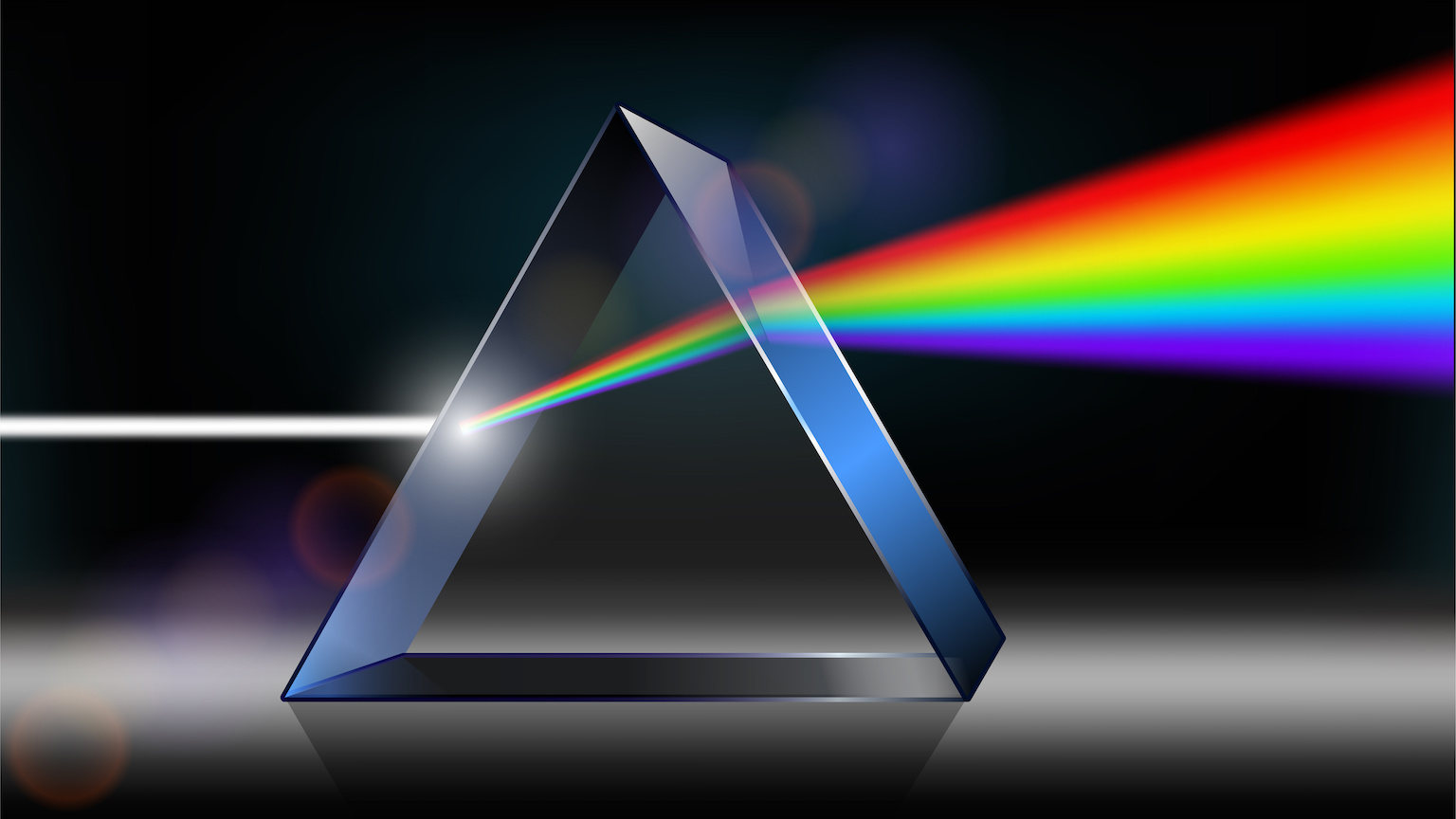What makes science different from everything else?

- Science has won a tremendous reputation for success — so much so that other fields wrap themselves in the language of science.
- To be considered scientific, a field must use a highly rigorous investigative approach, the results of which are meant to be replicated or refuted by other researchers.
- There are five fundamental traits that distinguish science from everything else.
The term “science” carries a centuries-long aura of legitimacy and respectability. But not every field of research can rightly call itself scientific.
Traditionally, fields such as biology, chemistry, physics, and their spinoffs constitute the hard sciences while social sciences are called the soft sciences. A very good reason exists for this demarcation, and it has nothing to do with how difficult, useful, or interesting the field is. The distinction rests on the scientific rigor of a field’s research methods.
What do we mean by scientific rigor? Let’s start with what we don’t mean.
Statistics and wonky jargon don’t make a field scientifically rigorous. Baseball players and gamblers use statistics every day. They’re not scientists. Philosophers can describe even the simplest phenomena with incomprehensibly dense prose. To quote Einstein: “Any intelligent fool can make things bigger [and] more complex.”
The mathematically intensive field of economics is largely preoccupied with determining correlation and causation. In order to do so, economists employ a statistical technique, multiple regression analysis, which is every bit as complicated as it sounds. But, as the authors of the bestselling book Freakonomics write, “[R]egression analysis is more art than science.” Indeed, nobody can consistently predict the fluctuations of markets.
Five features of a scientific study
So, if mind-bending analysis, multisyllabic words, and fancy math don’t make a field scientifically rigorous, what does? There are five features of scientifically rigorous studies.
#1. Clearly defined terminology
Science should not use ambiguous terminology or words with arbitrary definitions. Microbiologists all agree on what constitutes a cell, and chemists all agree on what constitutes a molecule. But this is not always the case in other fields. How does one precisely define a particular political ideology? Or life satisfaction? Or sexism? These ideas, though commonly studied in other fields, have vague definitions that can change over time, across geography, or even between different cultures.
#2. Quantifiability
Rigorous science is quantifiable. Planets are measured in density and orbital velocity. Toxicity is measured in lethal dosages, and current in amperes. But how do you measure happiness? Can a person put a reliable number on how happy he is feeling today? Lord Kelvin expressed the importance of measurability when he said:
“I often say that when you can measure what you are speaking about, and express it in numbers, you know something about it; but when you cannot express it in numbers, your knowledge is of a meagre and unsatisfactory kind; it may be the beginning of knowledge, but you have scarcely, in your thoughts, advanced to the stage of science, whatever the matter may be.”
#3. Highly controlled conditions
This may be the most important characteristic, and it is precisely here where many fields fall short. A scientifically rigorous study maintains direct control over as many of the factors that influence the outcome as possible. The experiment is then performed with such precision that any other person in the world, using identical materials and methods, should achieve the exact same result. A scientist testing bacterial growth in France should get the same result as a microbiologist in Australia.
The ability to create highly controlled conditions is simply nonexistent for many soft sciences. Instead, they rely on observational studies in uncontrolled, often chaotic environments. To tease apart correlation from causation, they apply statistics — like the regression analysis mentioned above — but this isn’t a sufficient substitute for a highly controlled environment.
The controlled environment isn’t just in a laboratory. Science is performed within a paradigm — an accepted and evidence-based set of conceptual frameworks — that creates controlled conditions for understanding. Science philosopher Thomas Kuhn lays out the nature of these paradigms in his famous book The Structure of Scientific Revolutions. Essentially, paradigms allow scientists to agree on ground rules within a field, speak with one another in a common language, and expand knowledge coherently. One of the most famous paradigmatic statements was made by biologist Theodosius Dobzhansky, who wrote an essay titled, “Nothing in Biology Makes Sense except in the Light of Evolution.”
#4. Reproducibility
Having control over conditions allows experiments to be carefully repeated. A rigorous science is able to reproduce the same result over and over again. Multiple researchers on different continents, cities, or even planets should find the exact same results if they precisely duplicated the experimental conditions. Recent declarations of a breakthrough in superconductor research have been met with skepticism precisely because subsequent experiments have failed to replicate the findings. Inaccurate claims can be decisively disproven and then removed from the canon of scientific truth.
#5. Predictability and testability
A rigorous science is able to make testable predictions. One of the most beautiful examples of this is the periodic table of elements. Dmitri Mendeleev, a Russian chemist, successfully predicted the properties of missing elements on the table — that is, elements that had not been discovered yet. While fields like economics and psychology might be able to explain existing behavior, they often do not perform well in predicting future outcomes — if they dare to make predictions at all.
A clear and testable prediction carries the risk of being found wrong by experiment. It’s this trial by fire that distinguishes what will and won’t become accepted science. Philosopher Karl Popper famously used the criterion of falsifiability to distinguish science from other endeavors that do not stand up to empirical scrutiny. Put simply, the greatest theories in science have stood the test of time.
Science is hard
Admittedly, this is a tough list. It’s supposed to be. The standard for rigorous science should be very high. Even some fields widely accepted as scientifically rigorous don’t always measure up. Theoretical particle physics — most notably, string theory — sometimes makes predictions that are not testable with modern technology. Epidemiology often cannot perform controlled experiments, both for reasons of ethics and practicality. Epidemiologists can’t lock 20,000 people in a room for 20 years to determine if force-feeding them hot dogs will cause cancer. Instead, they rely on observational studies. And some social science fields hardly meet any of the above criteria.
So, let’s return to the question posed in the title of this article, “What separates science from everything else?” The answer is tricky because there isn’t a crystal-clear dividing line between “science” and “non-science.” What can be definitively said is this: A scientifically rigorous study will meet all or most of the above requirements, and a less rigorous study will meet few if any of those requirements.
This article is adapted from one previously published on RealClearScience.





